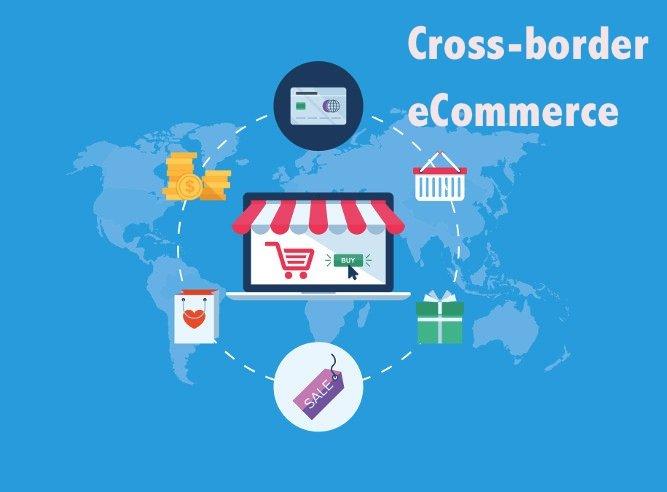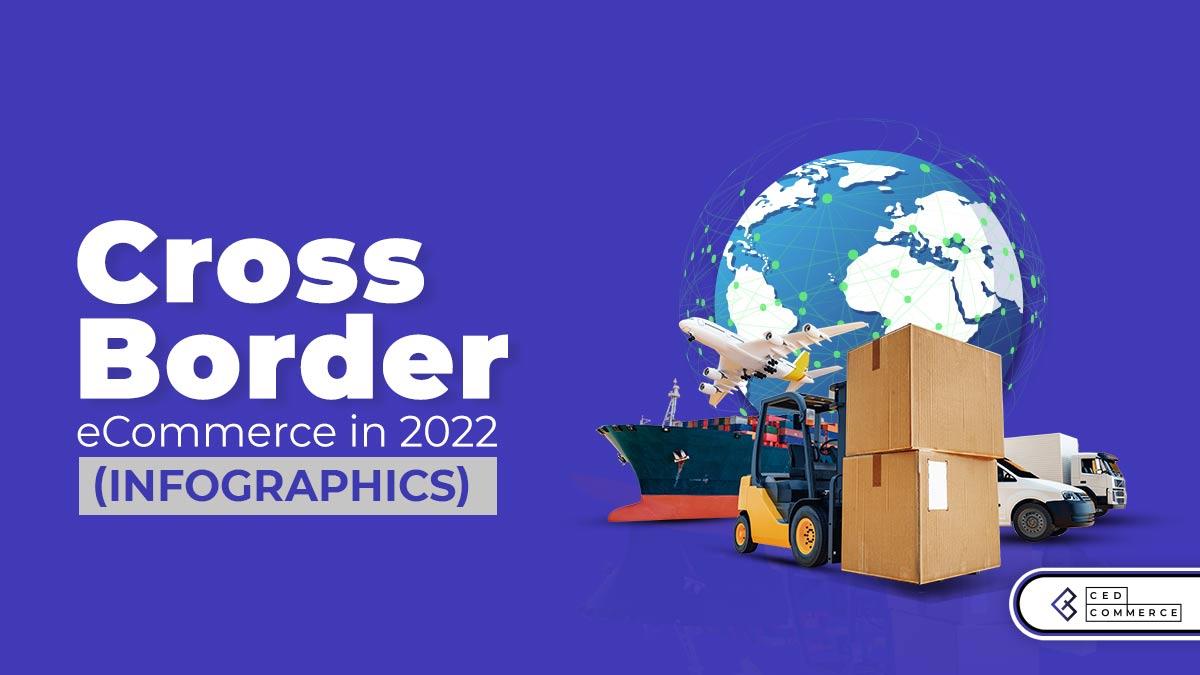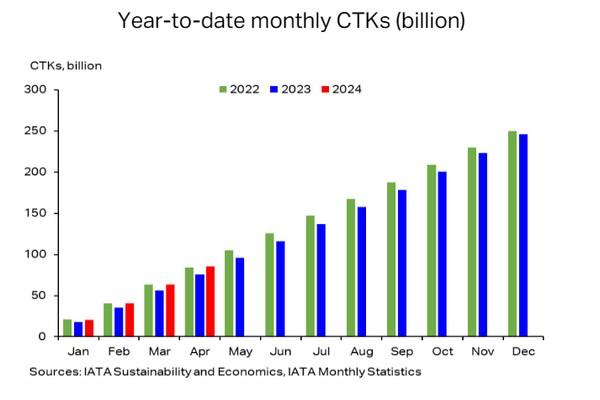in an increasingly interconnected world, cross-border e-commerce has transformed the way we shop and do business. However,as the global air cargo industry faces unprecedented challenges,a critical question emerges: is the booming demand for cross-border e-commerce air cargo at risk? this article delves into the complexities and uncertainties surrounding this pivotal issue,exploring the potential impact on consumers,businesses,and the future of international trade.
challenges Facing Cross-Border E-Commerce air Cargo Demand
While cross-border e-commerce air cargo demand has seen significant growth in recent years, there are several challenges that coudl perhaps hinder its continued success. one major challenge is the increasing competition among e-commerce companies, leading to price wars and diminishing profit margins. This could result in a decrease in demand for air cargo services as companies look for more cost-effective transportation options.
Another key challenge is the complex regulatory habitat surrounding cross-border e-commerce, which can vary substantially from country to country. From customs regulations to tax requirements, navigating these obstacles can be time-consuming and costly for e-commerce businesses. Additionally, the rise of protectionist trade policies in some regions further complicates the situation, creating uncertainty for the future of cross-border e-commerce air cargo demand.

Impact of Supply Chain Disruptions on Global E-Commerce Deliveries
The global disruptions in the supply chain have raised questions about the impact on cross-border e-commerce air cargo demand. The interconnected nature of global e-commerce operations means that any disruptions can have a domino effect on the entire delivery process. Here are some key points to consider:
- Uncertainty in delivery times: Supply chain disruptions can lead to delays in the delivery of e-commerce products, affecting customer satisfaction.
- Increased shipping costs: With disruptions in the supply chain,air cargo demand may increase,driving up shipping costs for cross-border e-commerce deliveries.

Strategies to Mitigate Risks in the Cross-Border E-Commerce Air Cargo Industry
Amidst the rapid growth of cross-border e-commerce air cargo, various risks loom on the horizon. Harnessing effective strategies is crucial to mitigate these risks and ensure the sustained growth of the industry. One key approach is diversifying supply chains to reduce dependency on specific regions or transportation channels. By spreading operations across multiple countries and carriers, companies can enhance resilience against disruptions and fluctuations in demand.
Furthermore, leveraging advanced technology can significantly enhance risk management in the cross-border e-commerce air cargo sector. Implementing real-time tracking systems, predictive analytics, and automated inventory management processes can help optimize operations, increase visibility, and proactively address potential challenges. By embracing digital solutions, companies can streamline processes, improve efficiency, and ultimately bolster the security and reliability of their air cargo operations.

Future Outlook for Air Cargo demand in the E-Commerce Sector
In recent years,the cross-border e-commerce sector has seen exponential growth,driving ample demand for air cargo services. This trend has been fueled by the convenience and wide-reaching nature of online shopping, transcending geographical boundaries. However, the future outlook for air cargo demand in this sector may face challenges that could potentially impact its growth trajectory.
Factors such as changes in trade regulations, global economic uncertainty, and environmental concerns surrounding air transportation could pose risks to the sustained growth of cross-border e-commerce air cargo demand. Additionally, the emergence of choice delivery methods and technological advancements in the logistics sector might divert some of the demand away from traditional air cargo services. It will be essential for industry stakeholders to innovate and adapt to these evolving trends to ensure the continued relevance and efficiency of air cargo services in the e-commerce landscape.
Wrapping Up
As we navigate the complexities of cross-border e-commerce and its impact on air cargo demand, it becomes evident that the landscape is constantly evolving. The dynamic nature of international trade, regulatory measures, and consumer preferences all play a role in shaping the future of cross-border e-commerce air cargo demand. While challenges may arise,opportunities for growth and innovation also abound in this ever-changing sphere.By staying informed, flexible, and proactive, stakeholders in the industry can continue to navigate these uncertainties and thrive in the global marketplace.












